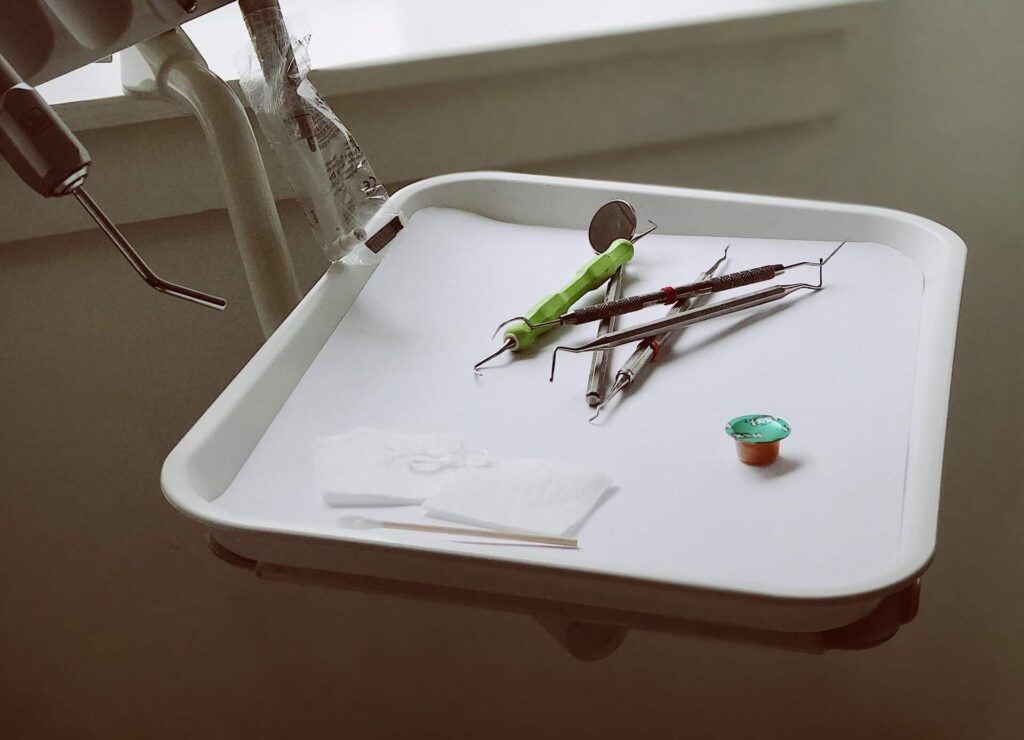What Are Dental Sealants?
Dental sealants are a thin material coating that is used to prevent cavities.What Are Dental Sealants?
Dental sealants are a thin material coating that is used to prevent cavities.
Even though they are one of the most, if not the most common oral health afflictions, they can also have incredibly dangerous complications. Once you have a cavity, you will have to get it treated as you cannot reverse the decay, this is why we must do what we can to prevent them.
Why Do We Need Dental Sealants?
Dental sealants are made of different materials and are used to seal off the tooth from infection and tooth decay.
There are a few steps to apply the sealant, these involve:
- Applying an etching solution to the tooth.
- Cleaning and drying the tooth.
- The sealant is then hardened with a curing light.
Dental sealants are quite durable and they can last for many years in the right conditions.
Who Benefits Most From Dental Sealants?
The younger the patient is, the greater they will benefit from it. Dental sealant is most useful when used to protect a child’s newly erupted permanent (adult) teeth.
A sealant is only applicable to the chewing surfaces of the teeth. Sealants will are not able to be applied to the smooth surfaces of the teeth, so the areas in between the teeth are still susceptible to decay and infection.
Adults Can Also Benefit From Dental Sealants

Does Everyone Need Dental Sealants?
- Sealing the grooves prevents tooth decay.
- Sealants can prevent “microcavities” from developing early.
What Materials Are Tooth Sealants Made From?
Glass Ionomer
Pros
Glass ionomer sealants are useful for new teeth since they release fluoride, which can reduce the chance of dental decay by as much as 35%. The fluoride will eventually run out, but the increases in strength of the newly fortified teeth will remain after the fluoride is gone.
Cons
The glass ionomer sealants typically, have a lower retention rate than the other sealants that are regularly used. This means that they will require more maintenance and upkeep to be effective.
Composite resin
These sealants are applied to the chewing and biting surfaces of the teeth, then a curing light is used to complete the process.
Pros
- Blend well to the natural color of the tooth.
- Lasts 5-10 years without much maintenance
- High retention rate
Cons
Compared to the glass sealants, composite resin sealants do not release fluoride.

How Are Dental Sealants Placed?
The procedure consists of three main steps:
Step 1
The sealants are made in the dental clinic, and they do not need to be sent away to a lab. The dentist will dry the tooth to prepare it for treatment.
Step 2
The dentist will then use an etching gel which is applied to the grooves of the tooth. This gel will cause tiny pores on the surface of the enamel of the tooth to open up. These pores will allow the sealant to bond to the tooth.
Step 3
The gel will be rinsed off the tooth, and the tooth will be dried again. Afterward, the sealant material will be applied to the grooves of the teeth. Depending on the material, they will either use a chemical, or a light to cure the sealant and complete the process.
Frequently Asked Questions
Are dental Sealants Expensive?
No, dental sealants generally, are under $100 per tooth, even without insurance!
Can anyone Get Sealants?
Your dentist will be able to tell if you or your child is a suitable candidate for sealants.
